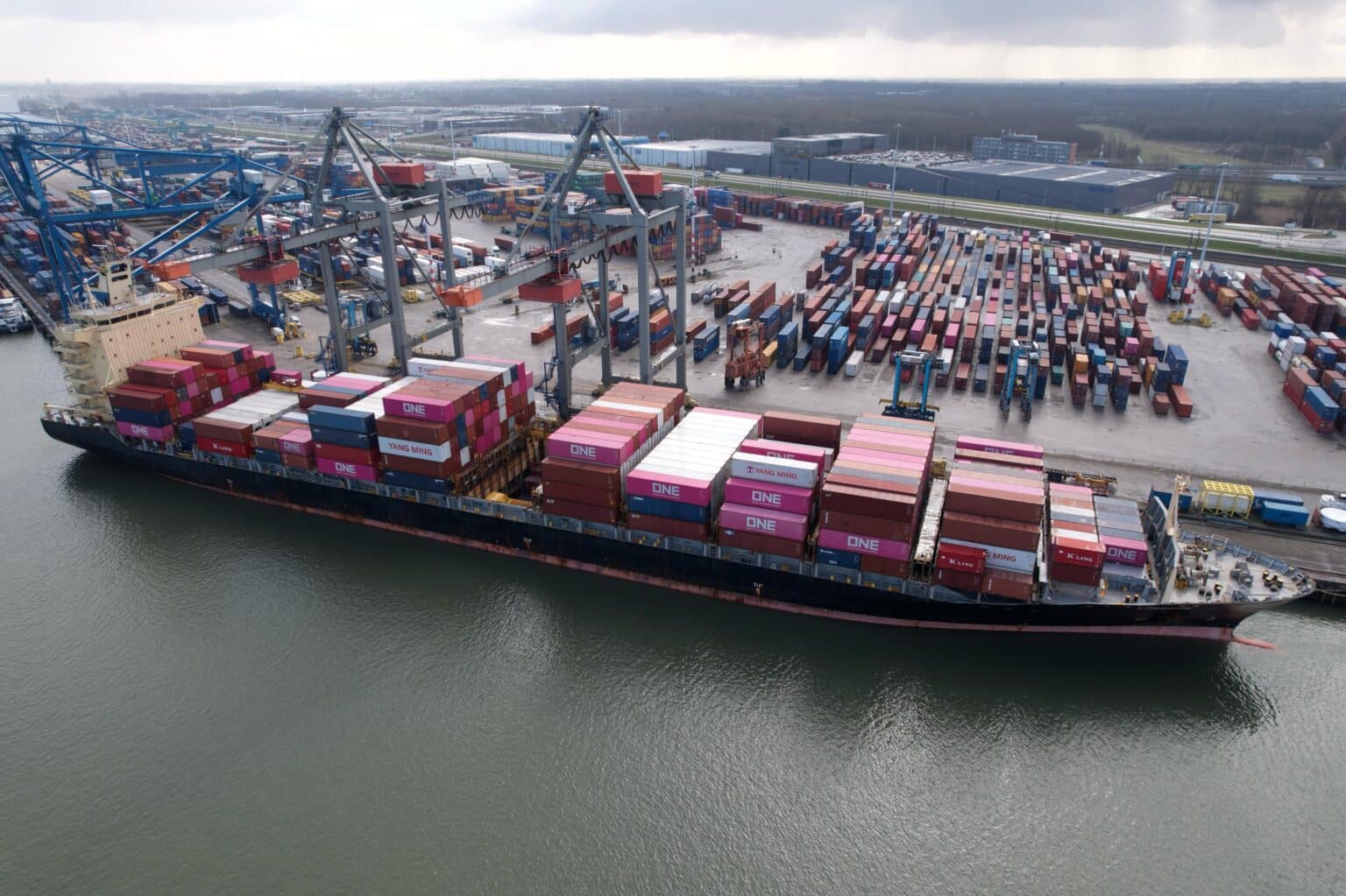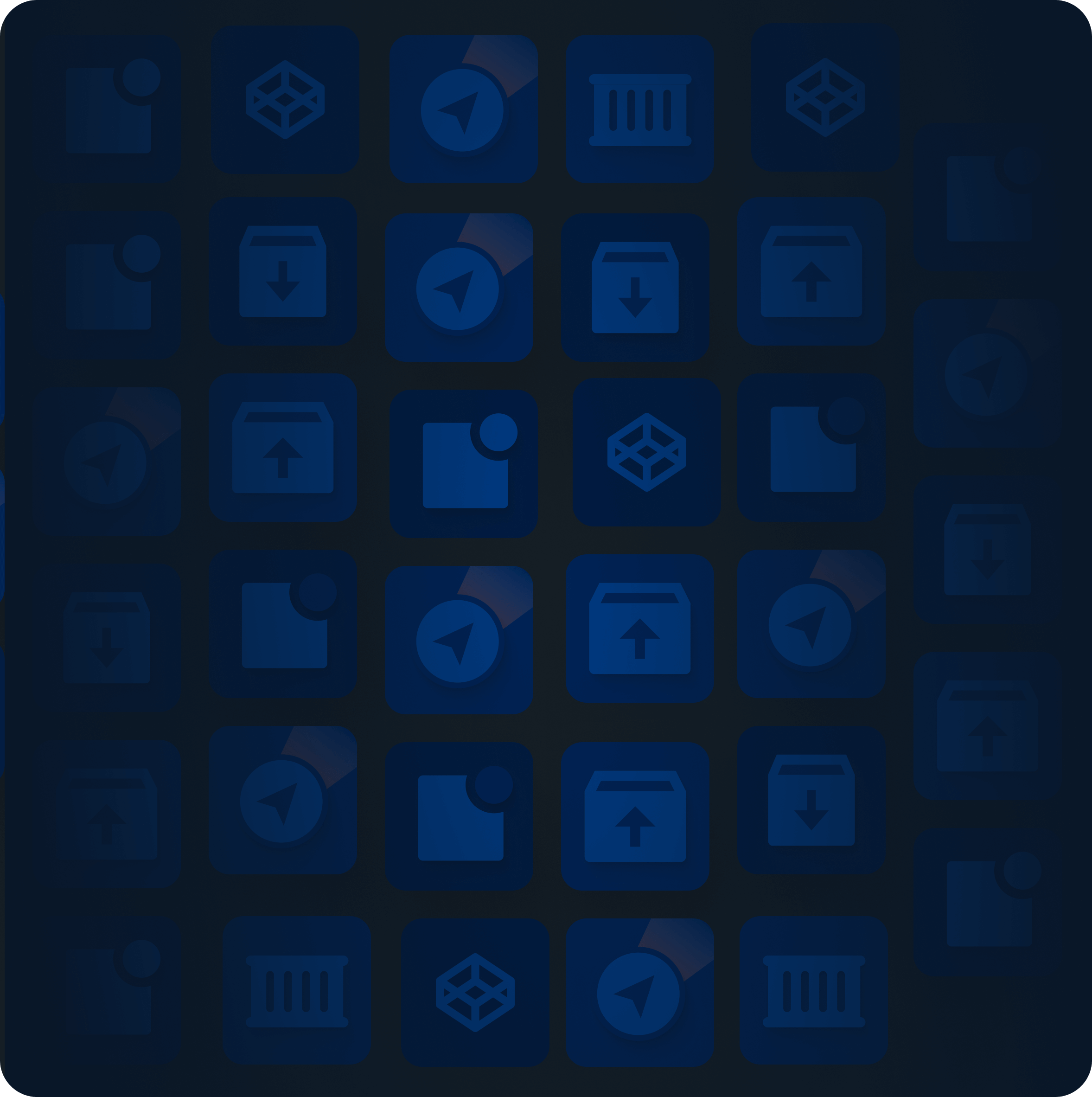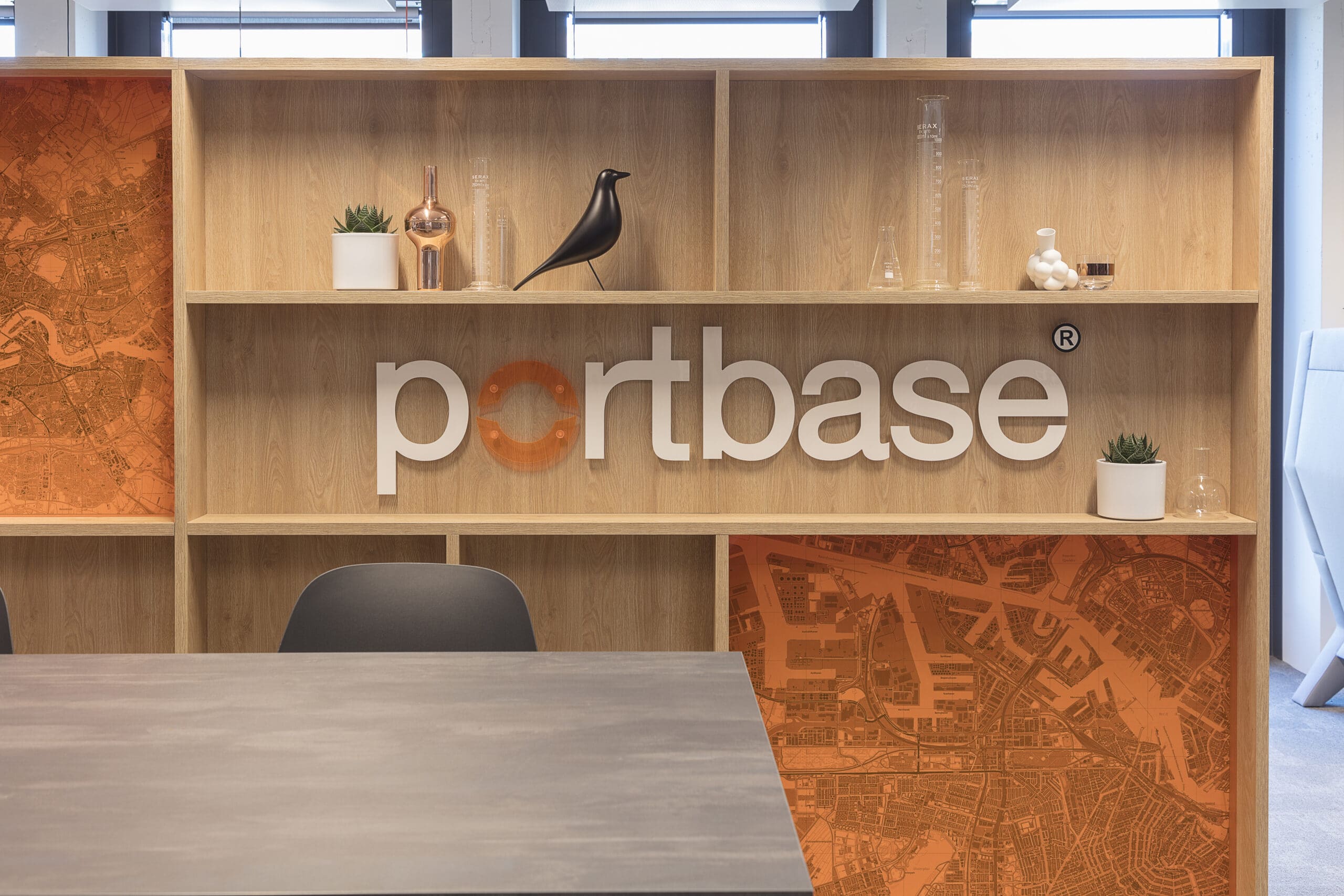As a freight forwarder, it’s a daily challenge to manage all the incoming cargo from overseas. After all, customers expect you to always deliver their goods to the hinterland at the agreed time and place. Your planning for that starts early with knowledge of the ship’s ETA – the Expected Time of Arrival. When is the scheduled arrival time? At what point do you and your chain partners need to take action? And how can you keep your customers informed from start to finish so that they can optimally plan their own processes?
As a forwarder, the ETA provides the basis for, among other things:
> your own planning
> your choice of follow-up modality
> your choice of carrier
> keeping the end customer fully informed
Knowing the up-to-date ETA is essential. A one-time ETA issued on departure from Asia, for example, is of little use to you. Storms, delays in ports, amendments to sailing schedules: ETAs change by the day – particularly in the current era of disruption to global supply chains. Research by Sea-Intelligence shows that only 34% of global container shipping is currently operating to schedule.
Avoid penalties
As a freight forwarder, you naturally make it your business to be on top of all that. The closer your cargo gets to the port of arrival, the more important reliable ETA information becomes to you. It enables you to effectively prepare follow-up transport and manage your customer’s expectations. In many cases, you will be bound by contractual arrangements including penalty clauses.
As the ship gets closer, handling at the terminal also becomes important. Reliable information about the Actual Time of Arrival (ATA), possible customs inspections, the discharge time of the container or trailer, etc. are crucial triggers for your follow-up actions, such as the Notification Import Documentation or a Notification Local Clearance via Portbase.
Time and money
Between the ETA and the cargo’s departure for the hinterland, there is so much for you to keep in mind. It’s no wonder you have your employees constantly checking shipping company and terminal websites for ETAs and ATAs, no matter how time-consuming and cumbersome that might be (particularly in the current context of staff shortages). Moreover, that approach only works during business hours – what do you do if a ship docks on Saturday night?
With Cargo Controller, Portbase offers a comprehensive, cost-effective track & trace solution for all the challenges listed above. From 24/7 insight into vessel ETAs two to four weeks prior to arrival, comprehensive B/L information, real-time ATAs and discharge times, etc. to access to the appropriate follow-up actions: Cargo Controller has it all in one service. Read more here!





